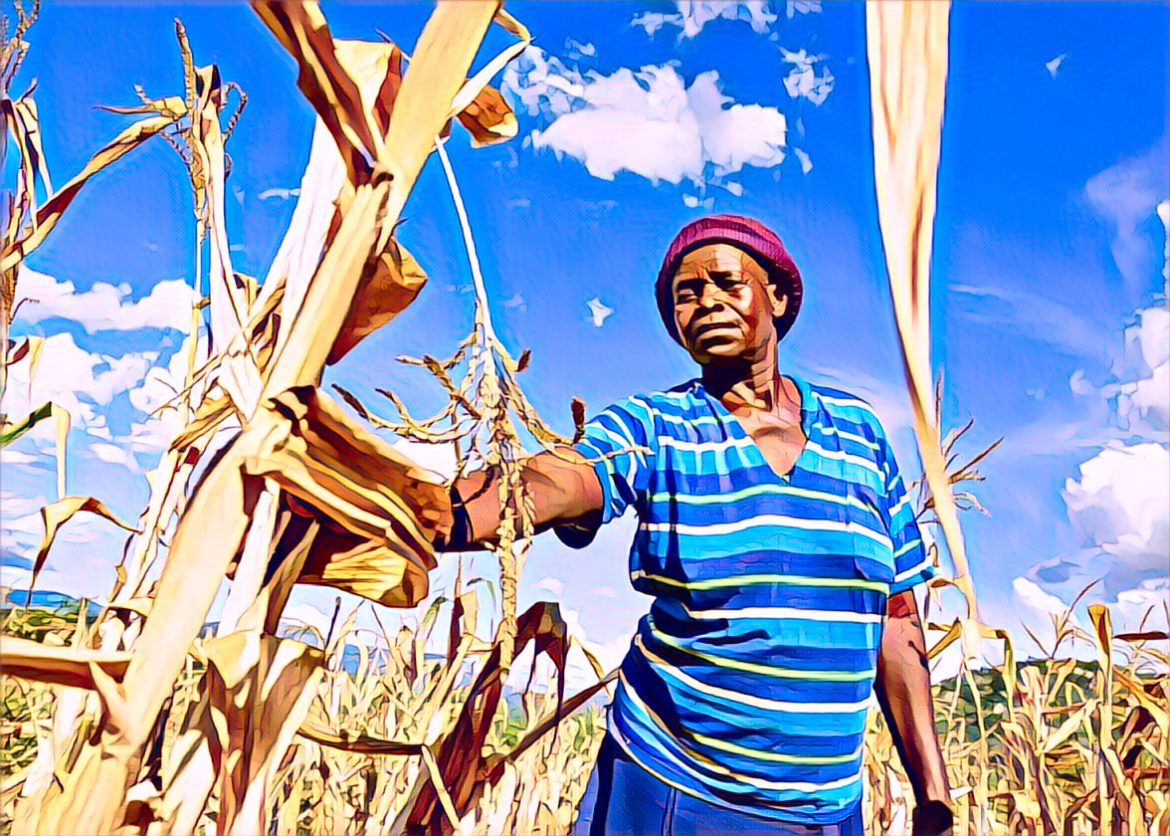KEY POINTS
- Zimbabwe has established the Drought Action Committee to implement targeted interventions in response to anticipated drought conditions.
- The National Drought Plan provides a structured framework for drought management and mitigation efforts.
- The promotion of climate-smart agriculture enhances resilience and productivity among farming communities.
Zimbabwe has been grappling with recurrent droughts and food insecurity, challenges exacerbated by climate change and economic factors. In response, the nation has implemented a multifaceted approach to mitigate these issues and enhance resilience among its communities.
Establishment of the Drought Action Committee
In anticipation of El Niño-induced drought conditions, Zimbabwe’s Ministry of Lands, Agriculture, Fisheries, Water and Rural Development (MLAFWRD), in collaboration with the Food and Agriculture Organization (FAO), established the Drought Action Committee (DAC).
The DAC’s strategy focuses on protecting lives and livelihoods, enabling affected households to absorb and recover from the immediate impacts of drought.
Subcommittees have been formed to spearhead implementation in areas such as crops, livestock, irrigation, and water management.
Implementation of the National Drought Plan
The government of Zimbabwe established a complete National Drought Plan which contains directives for drought management, appropriate responses, and communication actions.
Systemic observation paired with agro-meteorological parameter monitoring serves as the cornerstone of this plan which also includes timely information delivery and response and mitigation program development.
Through this working guide, stakeholders can develop productive response and mitigation programs within their specified areas of responsibility.
Promotion of climate-smart agriculture
Zimbabwe is implementing climate-smart farming processes as a way to both improve agricultural efficiency and make farming systems more resilient. The production systems incorporate three key areas: traditional small grains, nutritious horticulture and livestock management.
Through its support, the World Food Programme (WFP) enhances rural farming communities by building water and agriculture infrastructure systems and providing climate-smart farming technique instruction.
The interventions deliver a dual approach combining health promotion with nutritional education and efforts to alter social perspectives that limit rural development inclusion.
Strengthening social and humanitarian assistance
The cooperation between WFP and CARE enables Zimbabwe to deliver food alongside cash benefits to communities that face seasonal food shortages, climatic difficulties and economic instability.
Social protection programs benefit from these initiatives which manage present food needs while building capacity to ensure future program delivery effectiveness.
For instance, CARE is providing food assistance in the Bikita and Zaka districts as part of USAID’s Food Assistance for Assets (FFA), targeting around 115,000 individuals.
Diversification into alternative livelihoods
To reduce dependence on traditional farming, some Zimbabwean farmers are adopting alternative livelihoods such as maggot farming.
The maggot farming industry operates under government and USAID support to produce nutritious animal feed at lower prices while benefiting environmental sustainability through waste recycling and greenhouse gas emission reductions.
Rural community recovery during climate challenges depends heavily on this widespread practice.
Zimbabwe implements extensive initiatives to fight drought impacts and hunger alongside sustainable living tactics for its entire population.


